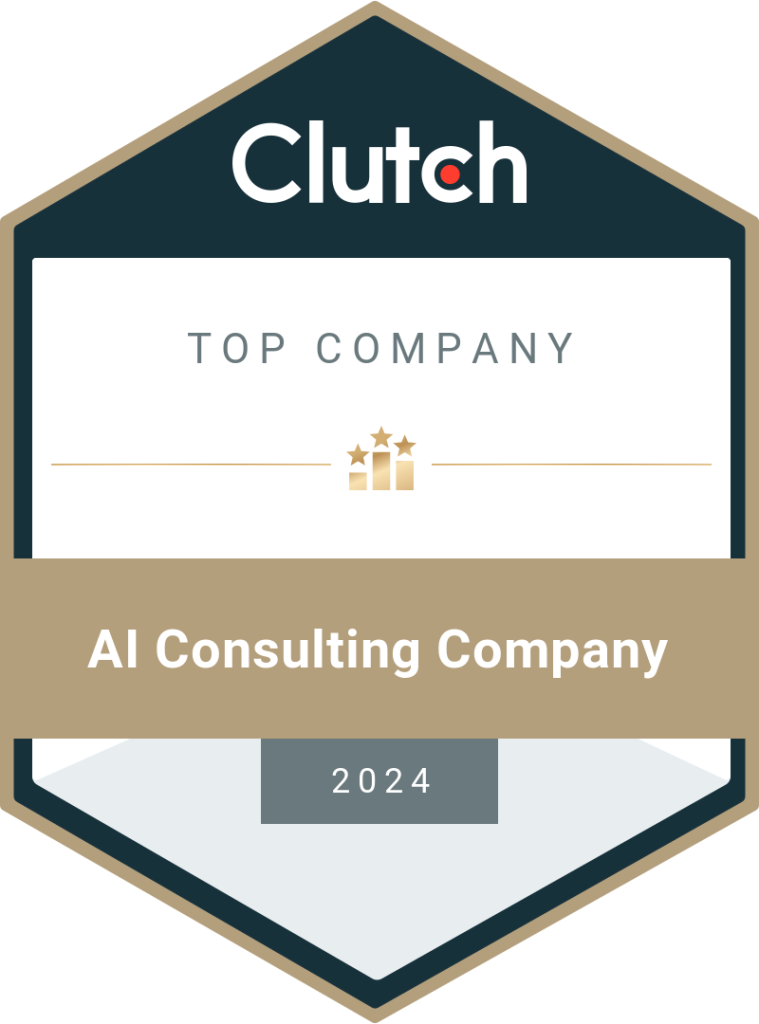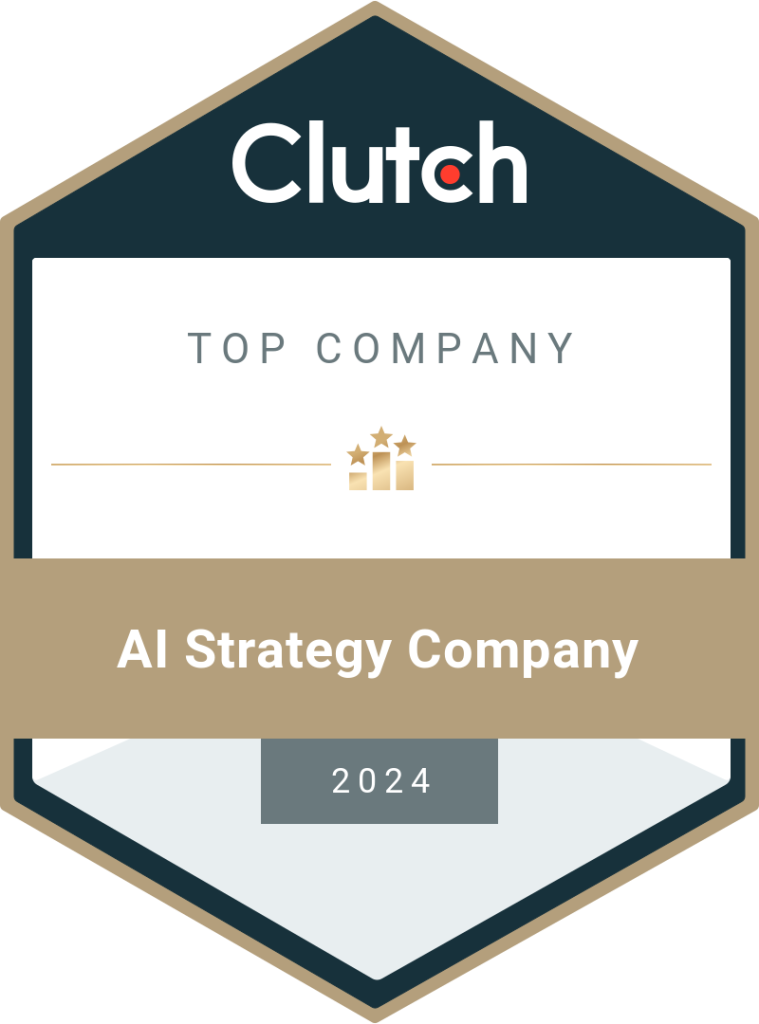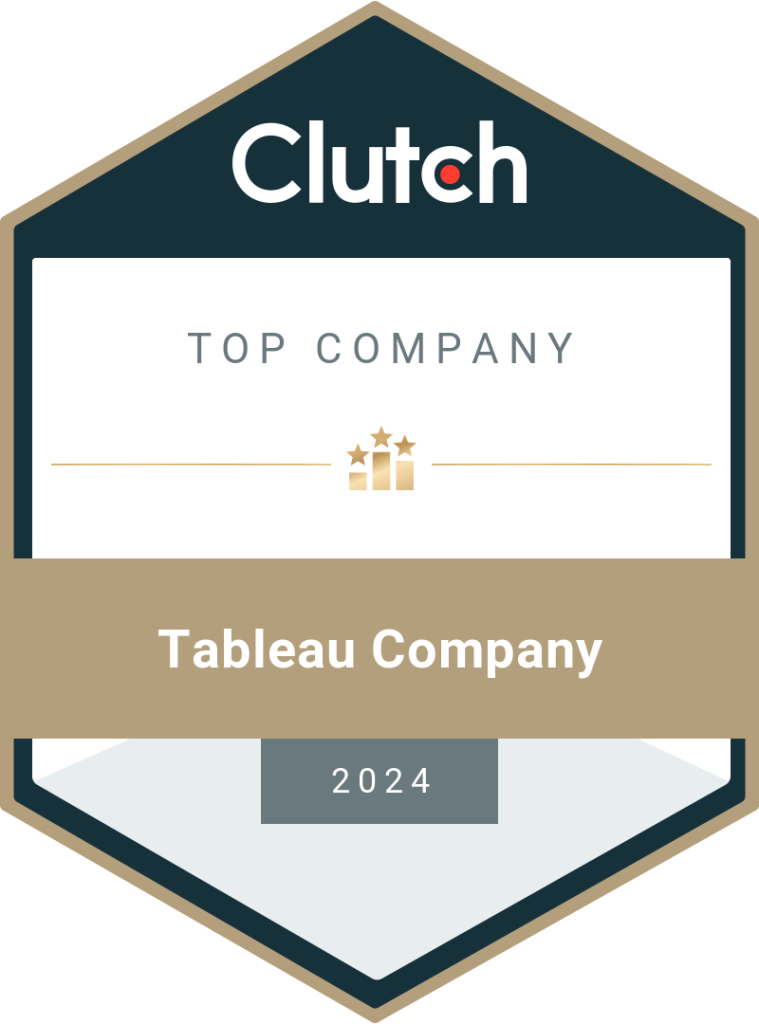Staff Augmentation vs Contingent Labor – The Ideal Staffing Solution?
IT staffing offers different models based on the varying specifications of organizations. Here, we’ll discuss staff augmentation vs contingent labor and why it is crucial to choose the right IT staffing model for a business to achieve its objectives. IT staffing has gained popularity over the years. Every business needs IT professionals to manage the tech infrastructure and maintain the network of systems and connections. From a startup to a large enterprise, businesses have diverse IT requirements, depending on their industry standards, mission, vision, and objectives. Staff augmentation is a hiring or staffing model used by many businesses from around the world. It allows an organization to strengthen an existing team by temporarily hiring experts from outside. The services are offered by staffing companies that provide tailored teams as per the client’s requirements. According to Business Research Insights, the IT staff augmentation and managed services market size was $339.96 billion in 2024 and is projected to reach $1218.86 billion by 2033 at a CAGR (compound annual growth rate) of 13.7%. Contingent labor is another type of IT staffing model used by organizations. It is similar to staff augmentation but focuses on varied roles and responsibilities. While augmented teams are useful in some situations, contingent management is a better solution in others. In this blog, we’ll read in detail about the differences between staff augmentation vs contingent labor. We will also explore the risks associated with choosing the wrong IT staffing model. Staff Augmentation vs Contingent Labor – The New in IT Though staff augmentation and contingent labor are IT staffing models that provide outside talent to fill the gap in a business, their purposes, scope, and vision are different. So, what is the difference between staff augmentation and contingent labor? Staff augmentation is the process of temporarily hiring a professional to join an internal team in a business to work on a specific project or provide expertise for certain roles. For example, if an organization wants to build an AI product, it can create a team of existing employees and expand it by adding AI developers and ML engineers from outside. These experts will work with the employees until the product is ready and released into the market. Once done, the project ends, and the external professionals will exit the team. Ideally, businesses hire talent from IT staff augmentation companies to ensure they get some of the best and most experienced people for their projects. Contingent management or contingent labor is also a temporary hiring solution to expand the workforce. However, it caters to diverse roles instead of being limited to important domains. Additionally, contingent labor is used to handle excess workload, sudden demand, etc. For example, a business notices the possibility of higher demand for a product. To take advantage of this, it hires temporary staff to increase production or manage other activities. Once the business achieves its goal, it will let go of the excess staff and run the operations as before. Staff Augmentation vs Contingent Labor – The Ideal Choice? Between staff augmentation vs contingent management, it is hard to say which one is the best choice for IT projects. The answer depends on the organization’s requirements, budget, and limitations. IT staff augmentation is a better choice for expert roles, short-term projects, and complex needs. Contingent management is more suitable for simple long-term projects that don’t require special skills but need extra labor to finish the tasks on time. Both methods are cost-effective, flexible, and scalable. But is staff augmentation more cost-effective than contingent hiring? In a way, yes. IT Staff augmentation is more cost-effective than contingent management, especially for short-term projects. That’s because it has a faster hiring and onboarding process due to the smaller number of talent required to fill the roles. It is also more scalable than contingent labor. Many businesses have questions about mixing up two IT staffing models. A common question they ask is if you can mix staff augmentation with contingent labor? Of course, yes! Staff augmentation and contingent labor models can be mixed since they are both staffing processes and involve the use of temporary employees/ professionals to work on the given tasks/ projects. How a business mixes the models can differ based on its budget and other parameters. Or, an organization can use contingent labor to fill certain jobs and rely on IT staff augmentation for other roles. Both processes can be kept separate but used as required to achieve the business goals. Other Forms of Staffing Services IT staffing comes in various types and is a part of the larger outsourcing business model. Despite the similarities, there are specific differences between the sub models, making it necessary for a business to be aware of how each of them works. This knowledge is essential to make the right decision. Staff Augmentation vs Supplementation Staff augmentation services and staff supplementation are used interchangeably by many businesses. However, they are not exactly the same. Staff augmentation is a type of outsourcing model, where the external employees work with the in-house team of a business. It is done to include domain-specific professionals and experts to work on a project or bridge the talent gap without hiring new employees. They focus on specific tasks and have fixed team roles and responsibilities to fulfill. Think of it as bringing an experienced external candidate to resolve a problem or fulfill a project within the required schedule. Supplementation is used to fill generic roles to help a business stay on schedule or handle excess workload temporarily. Typically, the current workforce cannot handle additional workload during peak times or when there’s a new project that needs immediate attention. In such instances, temporary employees are brought in to work for the business until the rush subsides and the demand levels are normal again. Also, the temporary workers could belong to any level and are not necessarily specialists. Staff Augmentation vs Statement of Work Staff augmentation and statement of work are both outsourcing models where a vendor provides an
Read More





